In the spirit of educated exploration, Berlin Experiences co-founder, Olivia, has compiled a rather thorough list of 55 things you should know before visiting Berlin – looking at some of the general and cultural aspects of the city, the obstacles you may encounter along the way, and the basic know-before-you-go warnings…
We hope you find it useful!

1. Dig deeper. You need more than one day
Berlin is no simple checkbox been-there-seen-that sightseeing city. Yes, you can cover most of the sights in a day on one of those big tour buses (hop on/doze off), but if you don’t take the time to dig deeper, engage with the history, and absorb the culture, you’re not really taking advantage of all that Berlin has to offer.
You might be richer in money saved, but trust us, your life will be poorer for it.
Consider that two or three days here is really a bare minimum.
To make the most of your time in Berlin, consider taking a guided tour of the city with one of Berlin’s local experts…

2. Cash is (still) king
Not unlike elsewhere in Germany, Berliners are suspicious of money unless it’s cold hard cash. The only places guaranteed to take card are supermarkets; for everywhere else, come prepared with a fist full of notes (cue the Spaghetti Western soundtrack).
The reason why cash is still king is in itself a lesson in German history. Consider the unparalleled inflation, and financial and institutional instability, at the start of the 20th century that many Germans of the current older generation may vividly recall.
Experiencing your financial worth wiped out in a blink of an eye is the kind of intergenerational trauma that sticks. Thus, money is often held either in secret hiding places in German homes, or as foreign currencies, or both. Germans are seemingly allergic to debt, so credit cards are viewed as the devil.
Very few native Germans have credit cards (ask someone to prove you wrong when the restaurant bill arrives). While some societies are now definitively card-only, Germany’s cash based economy is going strong.
And don’t get us started on the country’s undying love for the fax machine.

3. Dress down to dress up
It’s stylish in Berlin to dress down; in fact, sometimes it’s hard to judge whether or not someone is actually homeless or just a hipster (yes, you remember that meme).
That being said, Berlin is such a diverse place that pretty much anything goes (including public nudity it seems – see point. 34). The large Turkish and Arab communities that live in the city also add to the contrasts that make Berlin what it is.
Just wear what you feel comfortable in and you’ll fit right in. Unless it’s a suit. Berlin is not exactly a business city; so there is little reason to wear a noose.

4. Don’t be intimidated by the graffiti
In Berlin, graffiti is a symptom of the city’s artistic inclination and not of urban decay. Instead of just passing it by, stop and take a look – you might discover something captivating.
Like the city itself, Berlin street art has a rich (and colourful?) history.
The history of graffiti and street art in Berlin is often cited as specifically dating back to the Cold War division of the city. When the Berlin Wall was erected in 1961, on the Western side, people approached the Wall and could indulge their creative side.
On the Eastern side, however, anyone tampering or defacing the Wall faced real and deadly consequences. The side of the Wall facing West Berlin was open season for those living there, and as the years rolled by the graffiti, political statements, nonsense and art became prolific. A stark contrast to the sterile, untouched surface that East Germans would be faced with.
This legendary graffiti is just one of our Ten Great Reasons To Tour The Berlin Wall.
After the Wall came down, the Cold War East became a veritable artists’ paradise. The chaos of the East German government collapsing saw many abandoned buildings stood idle with no big brother watching. Something that anarchists and other creatives couldn’t resist. Many came to call east Berlin their new home via good old fashioned squatting. They also started to take full advantage of the blank canvases of East Berlin ripe for the painting!
Since this time, street art in Berlin has become ubiquitous, a whole industry catering for artists – both amateur and professional – has sprung up. Street art has increasingly become commodified as companies have figured out ways to make money out of people’s consumption of it.
Add to that the gentrification the city has undergone in the last two decades, and the regeneration of the East. In an interesting twist, however, the Germany capital now has a museum entirely dedicated to street and urban contemporary art – called Urban Nation – funded by the Berlin Lottery.

5. Be prepared for history. Lots of history
Undoubtedly, the most interesting thing about Berlin is its history. To say that momentous events happened here, the consequences of which would ripple throughout the world, would be an incredible understatement.
There is intense history here around every corner and some corners are significant parts of intense history. So many of the momentous events of the 20th century in Europe can be traced back to what happened on the streets of Berlin.
The history of 20th century Europe would be nothing without the history of 20th century Germany, and much of that history either happened or passed through (see violently passed through) Berlin.
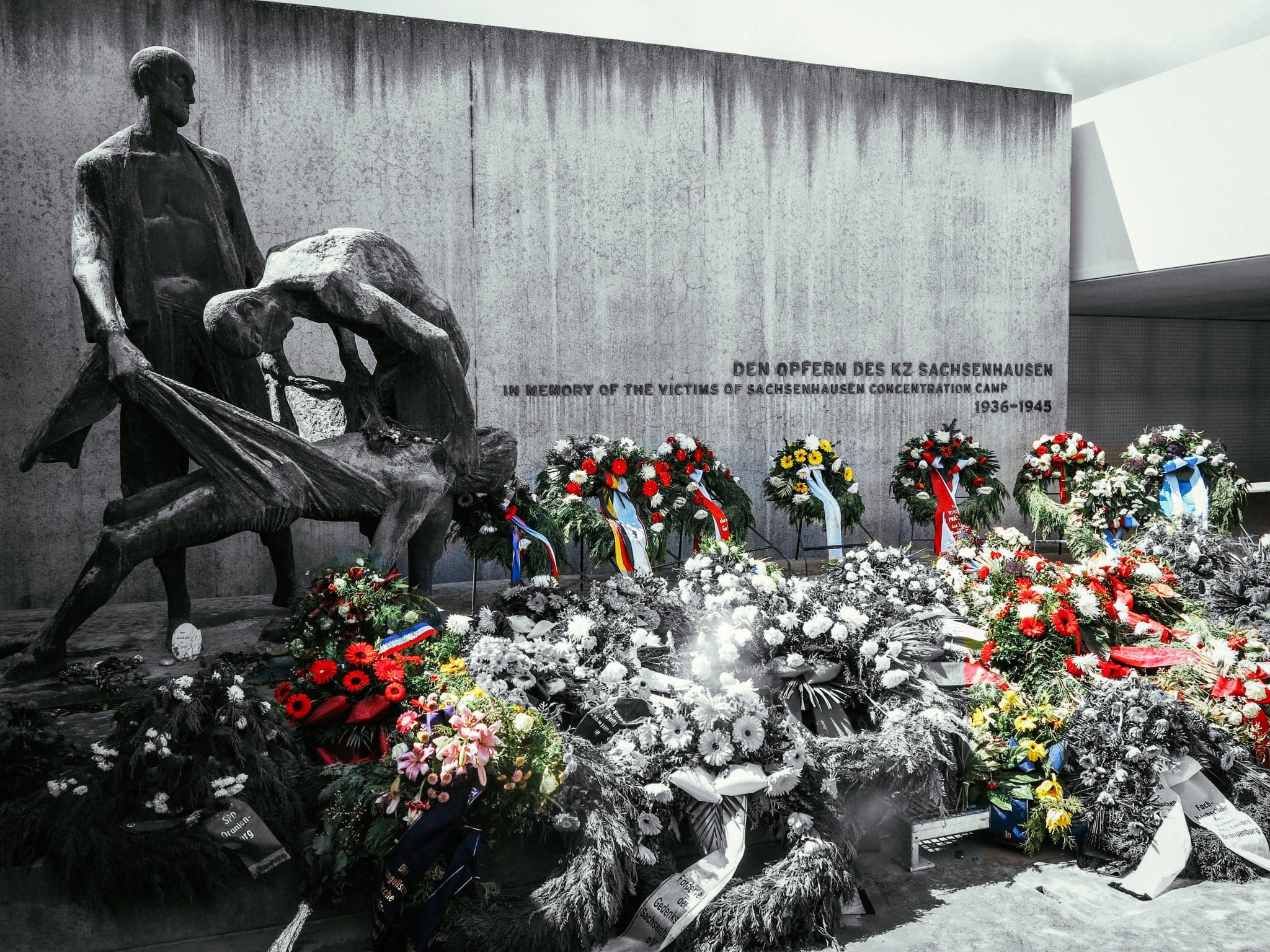
6. Be serious about the history
Take a moment to try to respectfully comprehend the gravity of everything that has happened in this city. The keyword here being ‘respectfully’. Please don’t take selfies of yourself doing yoga poses or other silly things at memorials – you’re missing the point if you do. And may just end up part of a modern art project that you don’t want to be in… (See Yolocaust).
Berlin’s famous Stolpersteine project is one of the most interesting forms of respectful remerbrance you’ll find across the city.

7. Beware cycopaths in cycle paths
Not only for your own physical safety but also because being yelled at in German is terrifying. Not all heroes wear capes; and not all bicycle riders are benevolent do-gooders looking to promote a healthy alternative to the combustion engine.
Sometimes concern for the environment can translate to very direct concern for the clearly designated environment of public cycle lanes – and god save anyone who might trespass against them.

8. Sunday is fun-day
Berliners are not churchgoers, at least not according to the statistics. In-fact most people in the city register as being non-religious with the state (yes, there is such a thing as church tax in Germany!).
Despite this, Sundays are still considered holy – at least if by that you mean requiring of a break from the god of Capital. Don’t expect to be able to go shopping on a Sunday in Berlin.
However, restaurants, flea markets and nightclubs are open as usual. So don’t expect to be able to do anything else but have fun (or go to church, if that is how you have fun).

9. Germany works on a different flavour-spectrum
The German diet mainly consists of bread (Brot), pork (Schwein), potato (Kartoffel) and sauerkraut (Sauerkraut 😉). Not the most flavourful of diets! In-fact it was the Prussian King, Frederick the Great, who is credited as introducing the potato to the region – and people here have been addicted to the stuff ever since. Frederick is also said to have liked his food highly spiced, a preference that seems not to have caught on as much as the potatoes.
There is an old joke that Italian food is as adventurous as most Germans get. Asian and Indian eateries dial their spice use down to accommodate local tastes. Chillies are usually a rare species that can only be spotted in speciality Asian supermarkets – although times may be changing!

10. Just because you’re a customer doesn’t mean you get service
In our list of Things You Should Know Before Visiting Berlin, this is usually the most surprising. Berlin is infamous for its terrible customer service. So, buckle up! How bad the service can get in Berlin will come as quite a shock to many American tourists from the land of hyper-customer service.
This often painfully evident when you try to pay and see the server run away from you (rather than kick you out to speed in the next guests). Despite this, tipping in Germany HAS become more common over the last twenty years, although service hasn’t exactly shaken off the reputation of the cold-shoulder approach it’s gained. If your server is attentive and takes care of you, do us all a favour, and tip them well – in this climate, they likely deserve it.

11. Don’t forget to validate your train ticket
If you buy a transportation ticket in Berlin, you’re required to validate it by getting it stamped before starting your journey. The validating boxes are on the smallish size and usually yellow, but can also be red, and are located near the entrance of every train station as well as onboard trams and buses.
Just stamp your ticket once. We’ve witnessed tourists stamp their tickets into oblivion too many times. The machine will stamp the time to show when it was validated. If you stamp it more than once, the ticket is voided and you’ll need to buy a new one. Otherwise, you risk facing the wrath of the undercover ticket inspectors, who infrequently frequent the city’s transportation network (although always seem to turn up at the right moment when you’ve incorrectly stamped or forgotten to stamp your ticket). The ticket controllers work for a private company that Berlin’s transportation authority (BVG) has outsourced this regulatory function to. They work on commission and thus have no incentive to show mercy to anybody, tourist or otherwise. You’ve been warned.

12. Berlin has the fastest elevator in Europe
The lift at the Panoramapunkt, inside the Kollhoff Tower at Potsdamer Platz, will vault you up to the 24th floor in a mindblowing 20 seconds. Here you can enjoy one of the best views of Berlin and a western-facing cafe that is a great place to watch the sunset over the city in the winter months. Certainly one of the most breathtaking things you can do in Berlin.

13. Berlin has more museums than rainy days in the year
Number 13 in our list of things you should know before visiting Berlin concerns the city’s vast collection of world class institutions. There are on average 106 rainy days per year in Berlin, which is home to more than 180 museums. Which means, the popular joke frequently publicised by the Berlin government, that there are more museums in the city than rainy days in the year, is actually true. If you’re looking for an excuse to explore any of them, here’s another one to add to the list.
Check out our Top Ten Must-See Berlin Museums post as a great starting point for your exploration.

14. Berlin has more bridges than Venice
There are 403 bridges in Venice, which doesn’t hold a candle to Berlin’s 1,700! This makes sense considering Berlin also has the largest number of canals of any city in the world – and more waterways than Amsterdam, Stockholm and Venice combined.

15. Berlin has the largest and longest open-air gallery in the world
Since the early 1990s, artists have used what was once a symbol of East German oppression as a canvas for free artistic expression. This 1.3km long stretch of the Berlin Wall – now known as the East Side Gallery – is a must-see when visiting the city – particular for the works of French artist Thierry Noir, Birgit K’s Trabant crashing through the Wall, and the oft-parodied Brezhnev-Honecker Sozialistischer Bruderkuss.
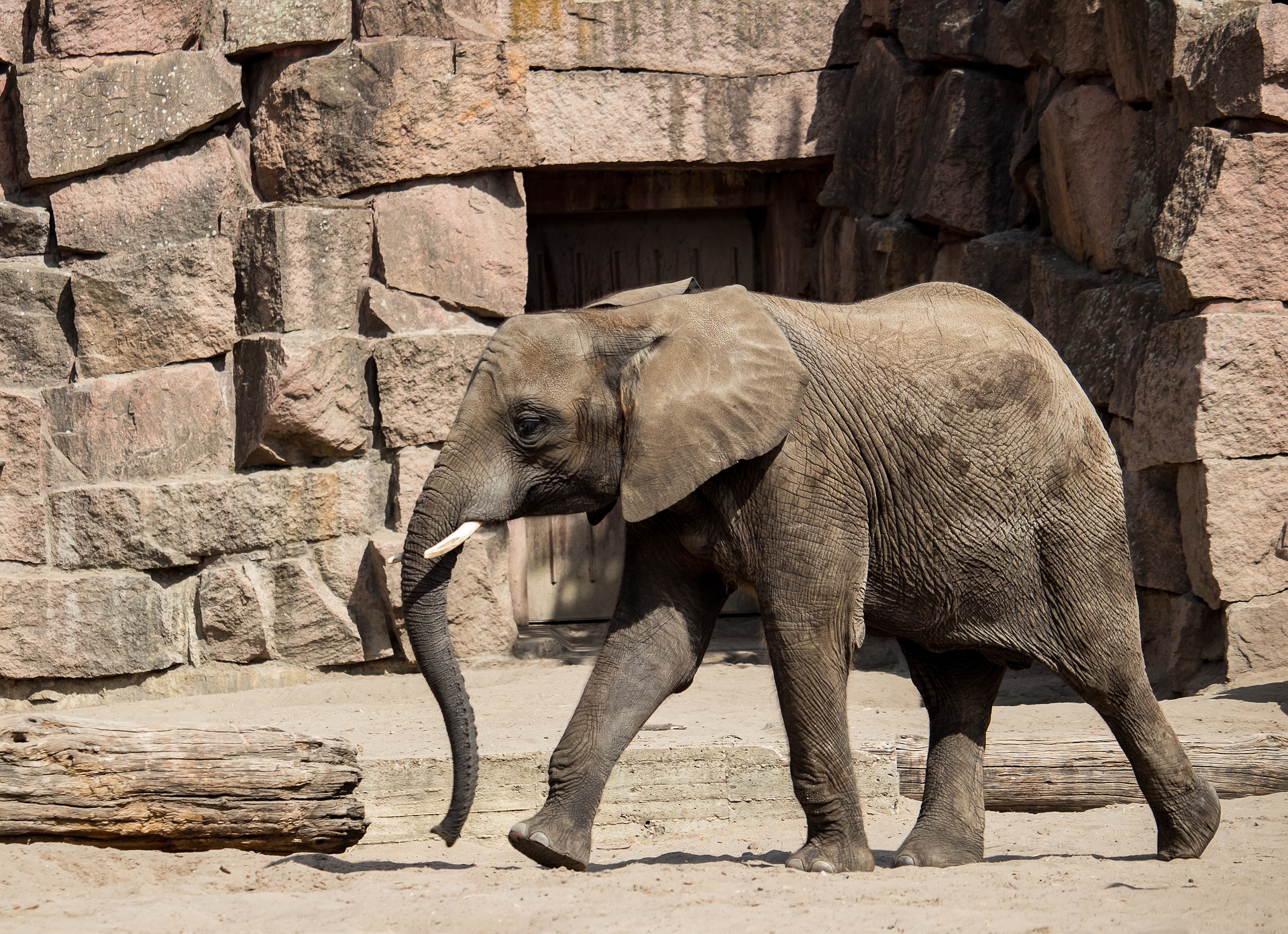
16. The West Berlin Zoo has the most diverse selection of animals in the world
Constructed in the early 1900s, Berlin’s Zoo was the first of its kind in Germany and now contains the most diverse range of species in the entire world – including two very popular Chinese panda bears and the oldest gorilla in the world, Fatou.

17. The doner kebab was possibly invented in Berlin
This mystery meat sandwich is now a Berlin staple, said to have been invented in the 1970s in Berlin’s Kreuzberg district by an enterprising Turkish guest worker named Kadir Nurman.
Noticing the time strapped working class of the city needed to grab something quick to eat, Nurman slapped together a shaved meat sandwich, adding some salad and sauce, and inadvertently created a culinary classic.
At least, so the legend goes.
Regardless of whether the Döner Kebab, in its most recognisable form, was actually invented in Berlin or not, the city is certainly the kebab capital of Germany – with over 1,000 Döner Kebab shops full of rotating meatsicles.

18. Berlin is the birthplace of the Currywurst
It has been said that necessity is the mother of invention. Well, in the aftermath of WWII, an occupied Germany provided fertile ground for experimentation – and a shortage of tomato ketchup called for drastic measures.
Precisely what local sausage seller Herta Heuwer resorted to (allegedly) when she got her hands on a can of tomatoes and some curry powder from some British soldiers to spice up the humble Wurst. Voila, the Currywurst was born.
Or maybe the first Currywurst came from Hamburg?
Maybe, but it’s certainly here to stay in Berlin.

19. Berlin is home to the Ampelmann
Wandering the streets of eastern Berlin now there are few clues that point to a past divided by ideological lines (and walls). But there is one that is as popular as it is ubiquitous: the Ampelmann. These Ampelmännchen (little traffic-light men) diligently do their job of assisting pedestrians to cross the street all over East Berlin.
Unlike many relics of the communist past, these little guys have actually risen to cult status and even infiltrated the West (as far as Tokyo).
Back in 1961, traffic psychologist Karl Peglau submitted a proposal for new traffic light symbols in East Germany. His concept was well-received and he was commissioned the following year by the ‘Chairman of the Permanent Transport Committee of the City Council of Greater Berlin’ to make his vision a reality.
As Peglau said himself, “the East German Ampelmännchen are true children of Berlin”. Peglau psychologist training heavily influenced his design of traffic light men with the result being remarkably cute! The rationale he gave for making the Ampelmann distinctively fun was the theory that the more likeable and human they are the more effective they are as a communication tool.
Like so many children of East Berlin, the Ampelmann had to weather the storm of the collapse of the socialist regime. When the Berlin Wall came down, unification efforts flushed out almost all remnants of life in the East. However, when the West German officials came for the Ampelmann, people started to speak up.
In true Berlin style, pro-Ampelmann protests gained momentum as the traffic signal was transformed from a signal to a symbol. In the aftermath of the fall of the Berlin Wall, the Ampelmann came to symbolise East Germans trying to reassert their identity in a world where East Germany didn’t exist anymore.
Ironically, these East German socialist symbols are now for sale everywhere in Ampelmann stores – selling coffee mugs, mouse mats, t-shirt, gummy bears and all sorts of other assorted tack.
So, don’t just expect to see them on the streets but also in the stores.

20. Berlin has the world’s largest freestanding aquarium
Number 20 in our list of things you should know before visiting Berlin is this monstrous cylindrical fish tank, the largest of its kind in the world. To be found in the lobby area of the Radisson Blu Berlin, and standing 25 meters high and 12 meters in diameter.
At a cost of around 13 million euros to build – this is no ordinary aquarium!

21. Berlin has the world’s longest beer garden
Every year in August, Berlin hosts the world’s longest beer garden, thanks to the Internationale Berliner Bierfestival.
The festival runs along the former East German showcase street, Karl-Marx-Allee, between Frankfurter Tor and Strausberger Platz, filling this 2.2km stretch of road with some 340 breweries from all over the world.
The festival was awarded the title of longest beer garden in the world by the Guiness Book of World Records on the 7 August 2011.
The record for the beer garden is 1,820 m (5,971 ft 1 in) and hasn’t been beaten since!
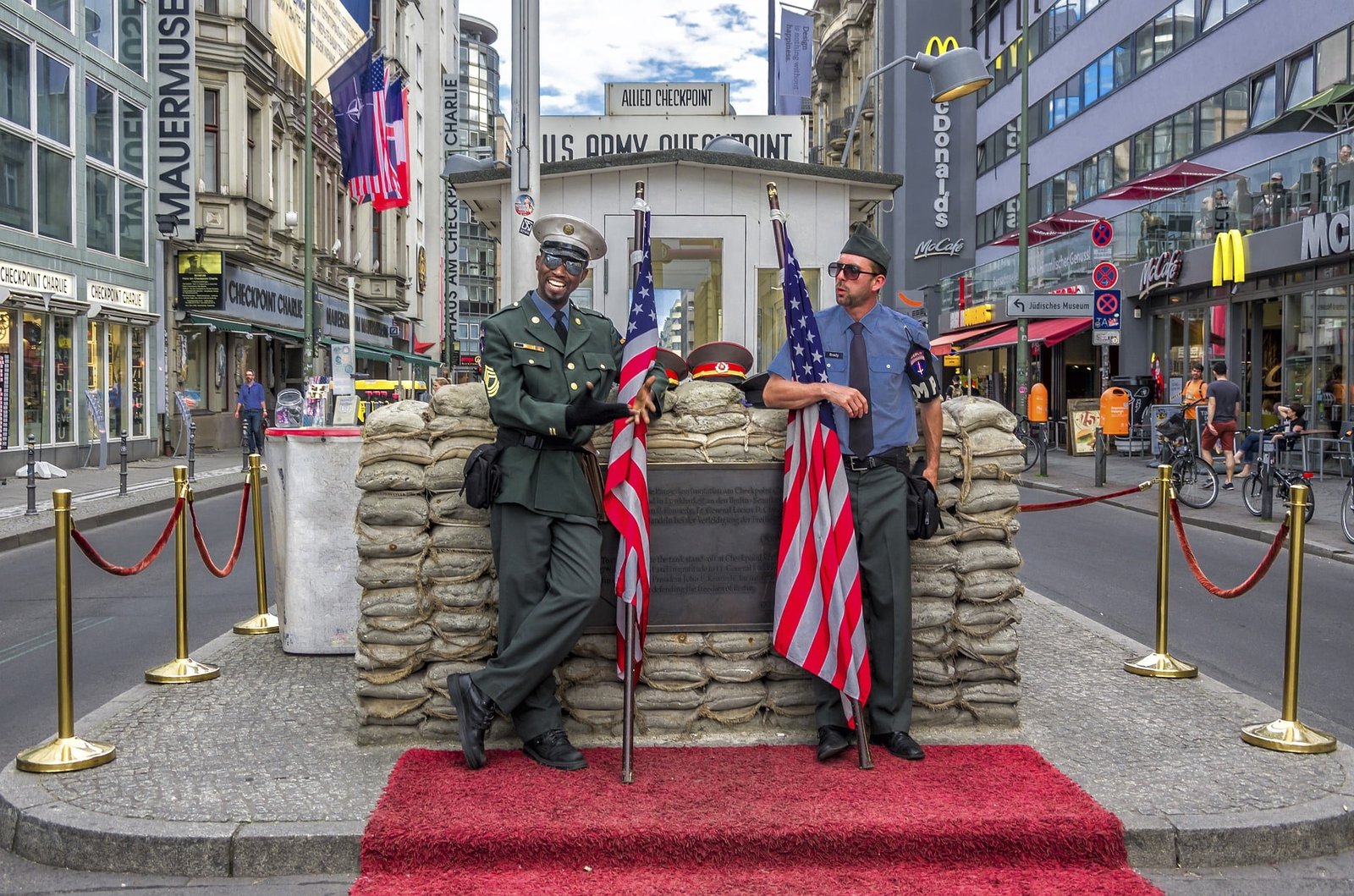
22. Lower your expectations for Checkpoint Charlie
The biggest disappointment in our list of things you should know about Berlin, this hugely historically significant border crossing is now considered by many locals to be the Disneyland of Berlin – overflowing with tacky souvenir shops and American fast food outlets.
Up until recently, you could also spot the city’s legendary gyrating men dressed up to look like American soldiers from the post-WWII period and posing for photos, until they were banned from the location.
If you’re looking for something genuine, better look elsewhere.

23. Hitler’s bunker is now a car park
Contrary to popular belief, the underground refuge of Nazi leader, Adolf Hitler, for the last days of his life in no longer accessible.
The site is now an otherwise unremarkable parking lot with many DDR-era apartments overlooking this stretch of land.
Were it not for the single sign detailing the bunker’s measurements and purpose, there would be little (aside from the regular tour groups) to indicate that this location was of such historic significance.

24. No stupid selfies at the Holocaust memorial
This shouldn’t need repeating (see point 6) but Google “Yolocaust” for an important lesson.

25. Techno is everywhere/Beware of Berghain
While traditional music in other parts of Germany may mean thigh-slapping and spinning around the maypole – ‘traditional’ music in Berlin generally means techno. Mostly found in clubs, this percussive mix of bass drums and hi-hats, can also often be heard in many other everyday settings such as grocery stores and coffee shops, for example.
The most famous name in Berlin’s techno circuit is Berghain, considered the techno mecca of Germany, perhaps even the world (although that word may not be the right one to use, as some of the things that happen there would hardly go down well in Saudi Arabia).
With its reputation for its painfully incomprehensible door policy, if you need to ask the question “How do I get into Berghain”, you’re probably not going to get into Berghain.
If you’re not feeling brave enough to waste time queueing for the Berghain lottery, there are lots of other venues still scattered around Berlin that are currently fighting gentrification and rising rents to survive – and worth experiencing just as much, before they sink in the seventh circle of sameness.

26. Don’t steal the Wall
First, it’s illegal.
Second, it’s a dick move.
Just don’t.
There is not much of it left in the city, and you’re risking a 10,000€ fine if the police catch you. Which we hope they do.

27. Visit the Reichstag
Head to the top of Berlin’s most popular tourist attraction and you’ll soon find out why it’s so hard to get in – considering the immense historic significance of this building and the amazing view (both across the city and into the main plenary room) from the cupola crowning the structure.
Seeing Berlin from the dome of the Reichstag is a once in a lifetime experience. Online bookings can be impossible to manage during the summer months, especially at the last minute, but they are necessary if you want to get inside.
There is, however, one alternative, if you’ve just arrived into the city and want to sneak inside – whilst experiencing something truly unique in its own right…read on to our next point…
Check out the Bundestag website to make a booking.
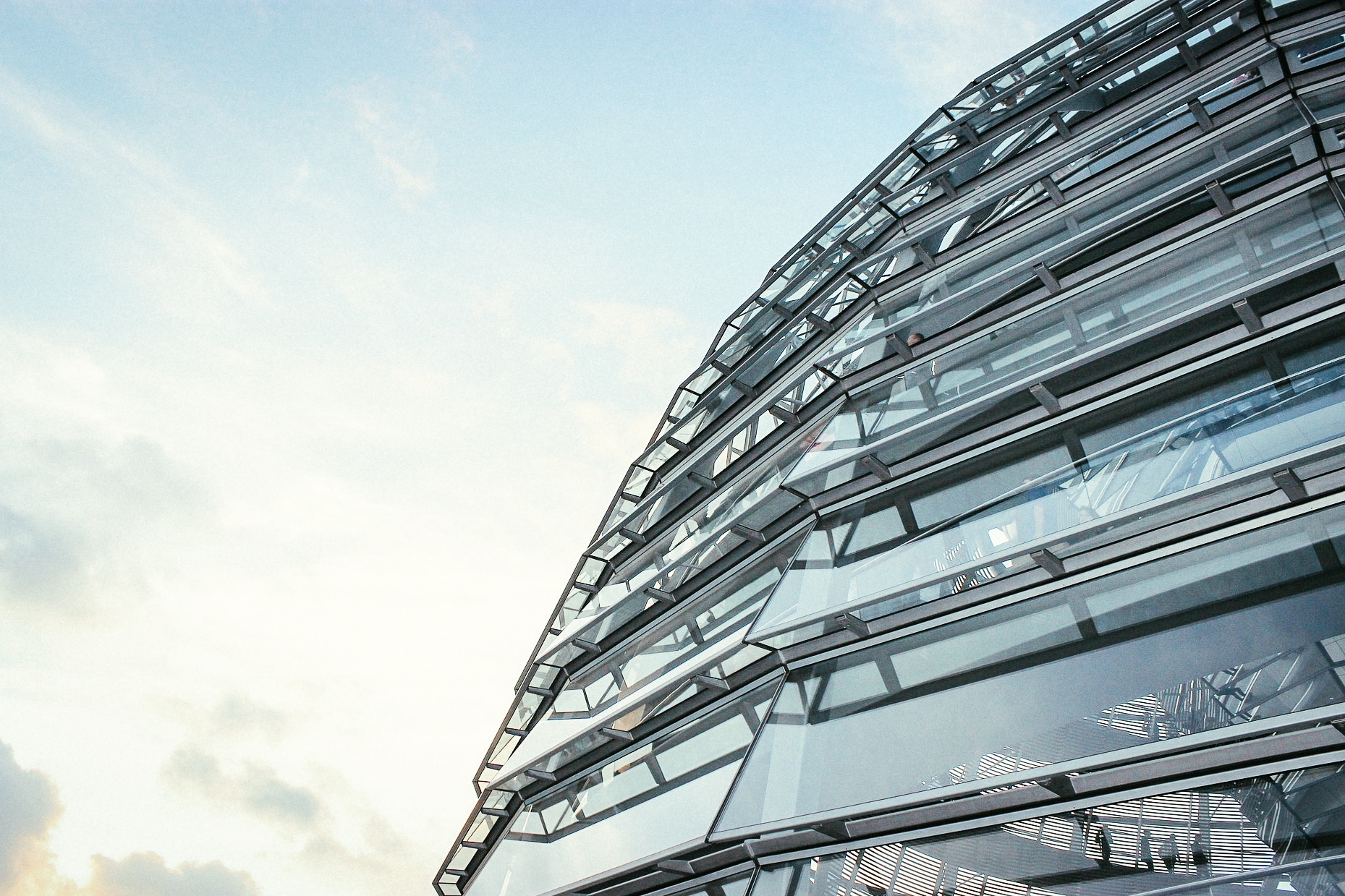
28. Eat on top of the Reichstag
The Käfer restaurant on top of the Reichstag building is a fine dining experience like no other.
Not only is it considered the only public fine dining restaurant in an actual parliament building, but there is something about breaking bread on top of this historic building that also serves up food for thought.
Situated adjacent to the large glass cupola added to the building by English architect Lord Norman Foster in 1999, and offering a terrace view down onto the nearby Brandenburg Gate, the restaurant also serves up another memorable moment – look right from the terrace and you’ll see the European Union flag flying, high atop the corner of the building where Soviet forces triumphantly raised their flag on May 1945.

29. Boat trips are pretty cool (in the summer)
Don’t believe the ‘hate’, Berlin is a beautiful, eclectic city. You just need to see it from its best sides. Seeing Berlin from the many angles on offer while cruising along the river Spree, or some of the city’s many canals, really does reveal the undeniable beauty of the German capital.
There are many different boat trips to choose from, depending on your tastes. Got a thing for bridges? Book a boat ride that takes you below 60+ of them. Looking for a scenic route from the historic city centre to Charlottenburg Palace in the west? You can do that by boat. Canoes, kayaks, and even paddleboards are now becoming a more common sight along the river too.
We recommend having a look at the Stern & Kreis timetable, and the Reederei Riedel page. The two main boat tour companies in Berlin that both offer 1.5/3hr tours of the Spree and more…

30. Ride the Wall - the Mauerweg
Realise the full extent of Berliner Mauer (Berlin Wall) and what it meant for the people of Berlin during the Cold War by riding the 160 km stretch where it once stood. With many memorials along the way, you can get a sense of how the Wall affected the citizens of East Berlin. And the tragic number of them who were so desperate to get out of the socialist dream-state that they died trying to escape.
Apart from the serious history, riding along the Berlin Wall is a great way to see a completely different side of Berlin (its periphery) and also parts of Brandenburg. One of our favourite ways to spend the weekend is to ride part of the Mauerweg (wall ride). Each year in August, we also take on the challenge of riding all the way round in the space of a day, to commemorate the construction of the Wall.

31. Bottle Deposits
Germany is widely considered as the ‘world’s best recycler’, mostly due to its extensive Pfandsystem (deposit system).
This system, incentivising the return of plastic and glass bottles, and aluminium cans to be recycled, means Berlin’s streets are relatively free of broken glass and haphazardly discarded plastic bottles (thanks to the people who cruise around with little carts collecting them for money).
How does the system work?
Well, when you buy bottled or canned beverages (with the exception of wine) you’ll likely pay a Pfand (deposit) of up to 25 cents. You are then able to get that deposit back by taking the empty bottle to any of the self-service bottle return stations at a supermarket. Simple. In Berlin, you’ll witness lots of different people searching for empty bottles in bins and trash cans (some doing so to subsidise their meagre pensions).
Many Berliners will leave bottles on the side of the street or next to a rubbish bin/trash can for ease of collection by these hunters.
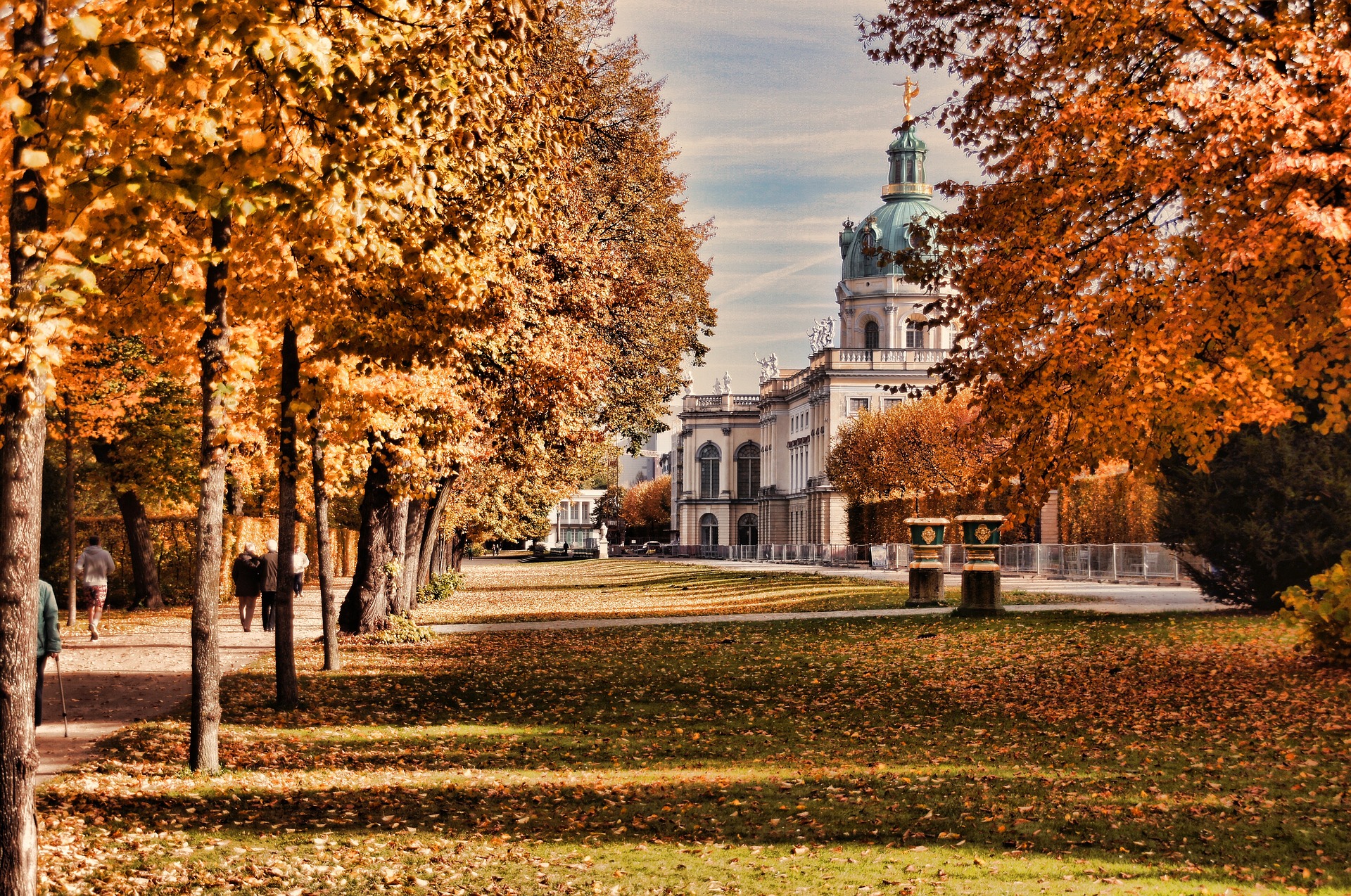
32. There is lots of greenery
Berlin is brimming with parks, gardens and forested areas – in fact, more so than any other major European city – around one third of Berlin is parkland and forest area.
Berlin is a magical place to be during the autumn months, to see the leaves change colour. During the summertime expect to often stumble upon a green patch filled with Berliners (clothed and unclothed) drinking beer and soaking in the sunshine. Sitting in a park on a sunny day is one of Berlin’s great pleasures.
Not to mention the lovely beer gardens scattered throughout the city.
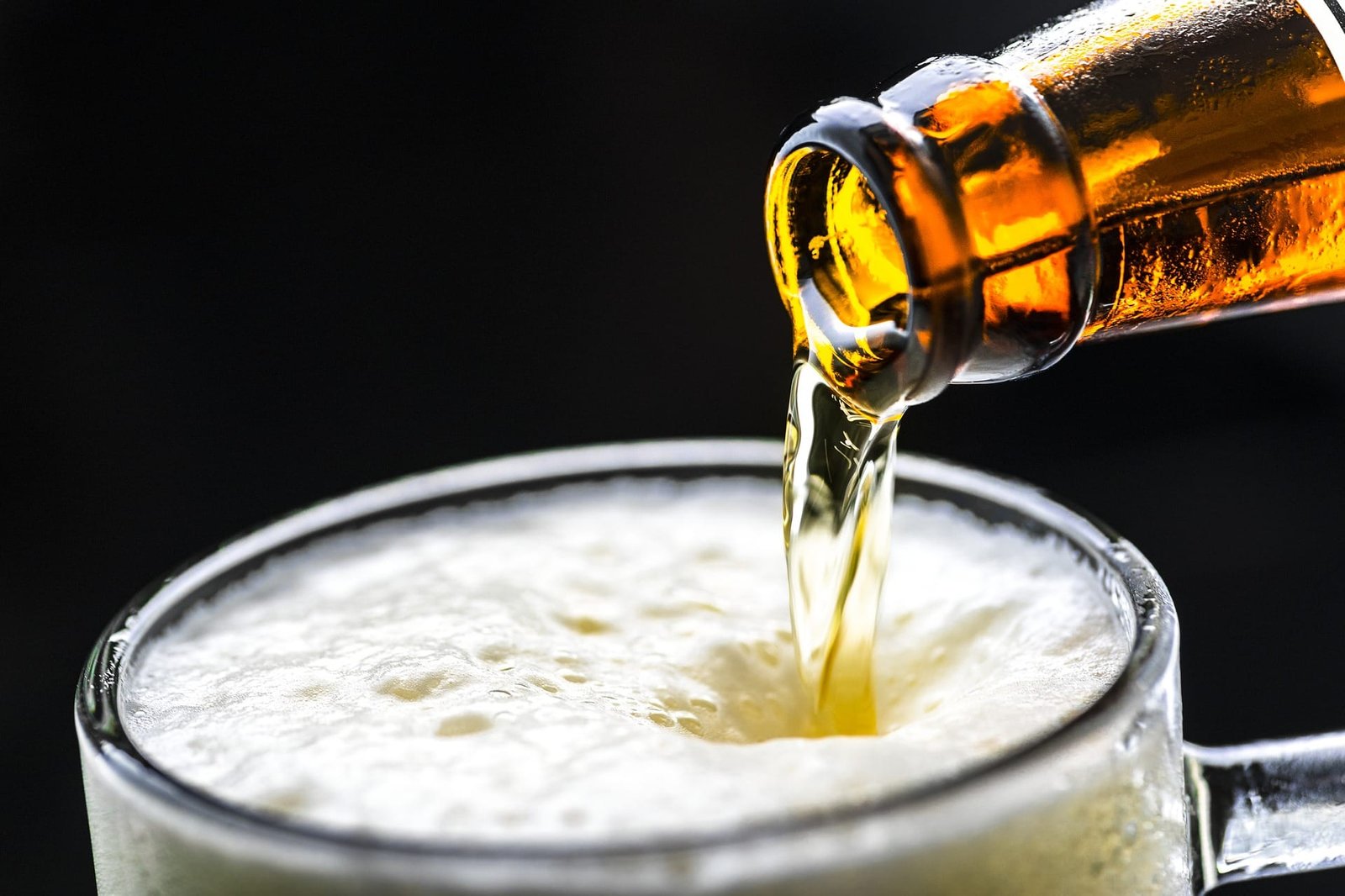
33. Don’t fear the cheap beer
In Berlin, beer is cheaper than water! But, this doesn’t mean that it’s poor quality; it just means that beer is extremely cheap in Germany.
The German capital’s famous Berliners (both Berliner and Berliner Kindl) are widely considered the watermark for good and bad, with anything worse being worthless and anything better being the preference.
You shouldn’t do worse than Berliner, but nowadays with the proliferation of craft beer in the city, you can certainly also do better.

34. Expect nudity
Nudity is a non-issue in Germany and not a source of shame or embarrassment.
Expect to see naked bodies in parks and at lakes or even peering out of an apartment window during the summertime!
Be careful though which parks you choose to take your clothes off in – if there is a kindergarten or children’s play area nearby you might be exposing yourself to criminal charges…

35. Christmas means markets
For the last two months of the year, you’ll find Christmas markets (Weihnachtsmärkte) and the intoxicated wurst-wielding revellers they attract clogging up the streets of Berlin like heavy snowfall. Most are tacky plastic made-in-China affairs, with some more ‘traditional’ exceptions.
However, in the trendier areas of the city, different themed Christmas markets can be found and diverge wildly.
From dog products to Japanese culture and even adult merchandise, you’ll easily find something for your specific tastes – and perhaps an ideal Christmas present for a family member, or kinky Japanese dog, in the process.

36. Two-thirds of the city is non-Berliner
The joke that if you’re looking for a local in Berlin, the best place to find one is in the cemetery is largely true here.
Although, this, of course, depends on what your definition of a Berliner is. Most people that live in Berlin weren’t born here and a lot of those weren’t born in Germany nor are they German citizens.
Most notably, the total size of the Turkish community here is jokingly said to be second only to Istanbul (although this isn’t factually accurate). It does mean though, that there are many Turkish delights to eat and a wonderful Turkish market, situated in the district of Kreuzberg (a neighbourhood that is colloquially known as ‘Little Istanbul’), worth visiting.
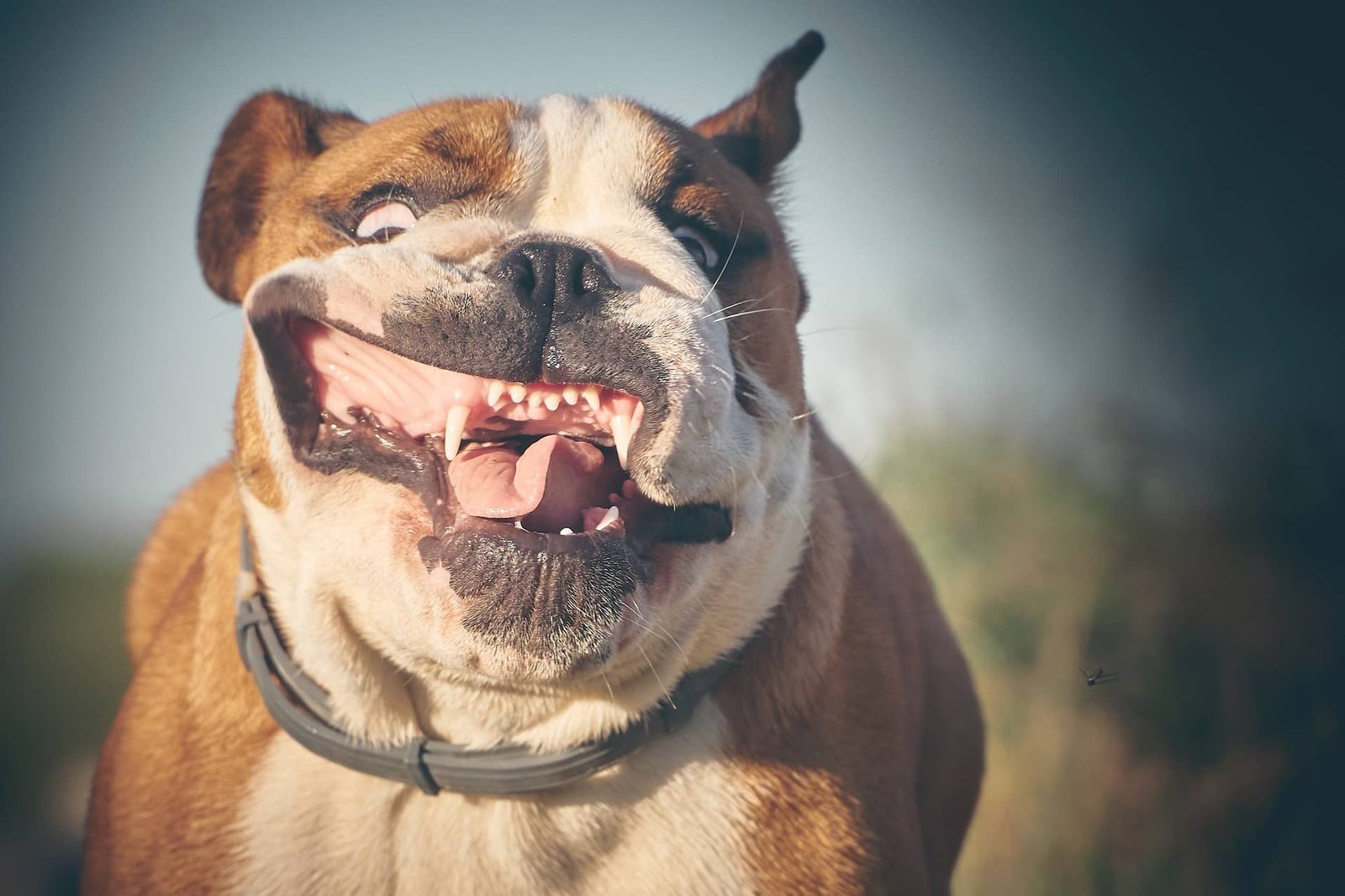
37. Lots of people speak English
And many don’t speak German! Most of the younger generations speak English fluently, as learning the language was a compulsory part of their schooling from a young age. English skills are less prolific with the older generations and the working class, especially among East Berliners (Ossies).
This means that finding service staff that speak English can be potluck. Some don’t speak a word of it.
Others are trigger happy when it comes to speaking the Queen’s. Insofar as, unless you speak Deutsch like a native, if you attempt to order food or beverages in the local language you’ll most likely get an instant response in English.
Berlin is hardly the best place to practice your German, try somewhere rural for more constructive results.

38. Flea markets
Nothing screams Berlin’s unofficial slogan ‘Poor but sexy’ more than its plentiful, and extremely popular, flea markets. Filled with individual stalls selling either handcrafted or second-hand goods, East German trinkets, and even questionable memorabilia from other periods in German history.
The most famous Flohmarkt of them all is at Mauerpark, which operates pretty much every Sunday. But, beware, when the weather is not terrible, it gets hectic. It’s worth a visit, though.
Especially to check out the Bearpit Karaoke; quite a spectacle to see hundreds of people gather to hear brave souls perform their favourite songs at the amphitheatre located near the markets.

39. Be prepared to Brunch
Berliners love to brunch, so much so that there is a whole day pretty much dedicated to it. Sunday is brunch-day, mainly because all the shops are closed and there isn’t a whole much else to do, especially if you don’t have family and/or don’t go to church.
But that’s no reason not to indulge in a late breakfast on any of the other six days of the week.
A typical German brunch in Berlin is made up of various cold meat and cheese slices, a boiled egg, jam and butter, fruit and lots of bread rolls. Beyond the standard German fare, you can find vegan breakfast buffets, lots of Turkish offerings and Australian/British hipster joints (especially if flat whites and smashed avocado on toast are more your jam) – you’ve just got to know where to look.

40. Imbiss for life
If you’re not a vegetarian (or concerned about your health) and want to experience a slice of Echte Berliner (real-Berliner) life then check out an Imbiss.
Imbiss means snack in English and is the word used for all the snack bars dotted around the city, typically serving up Germany’s favourite food: Wurst!
An Imbiss serves up sausage (Wurst) in every way possible. If you don’t want pork you can also have pork – in the form of a Boulette – a kind of German hamburger without the bread.
The word Imbiss is also used to describe snack stops with other fare – such as the popular China Imbiss – but the more traditional kind you’ll find serving German staples.
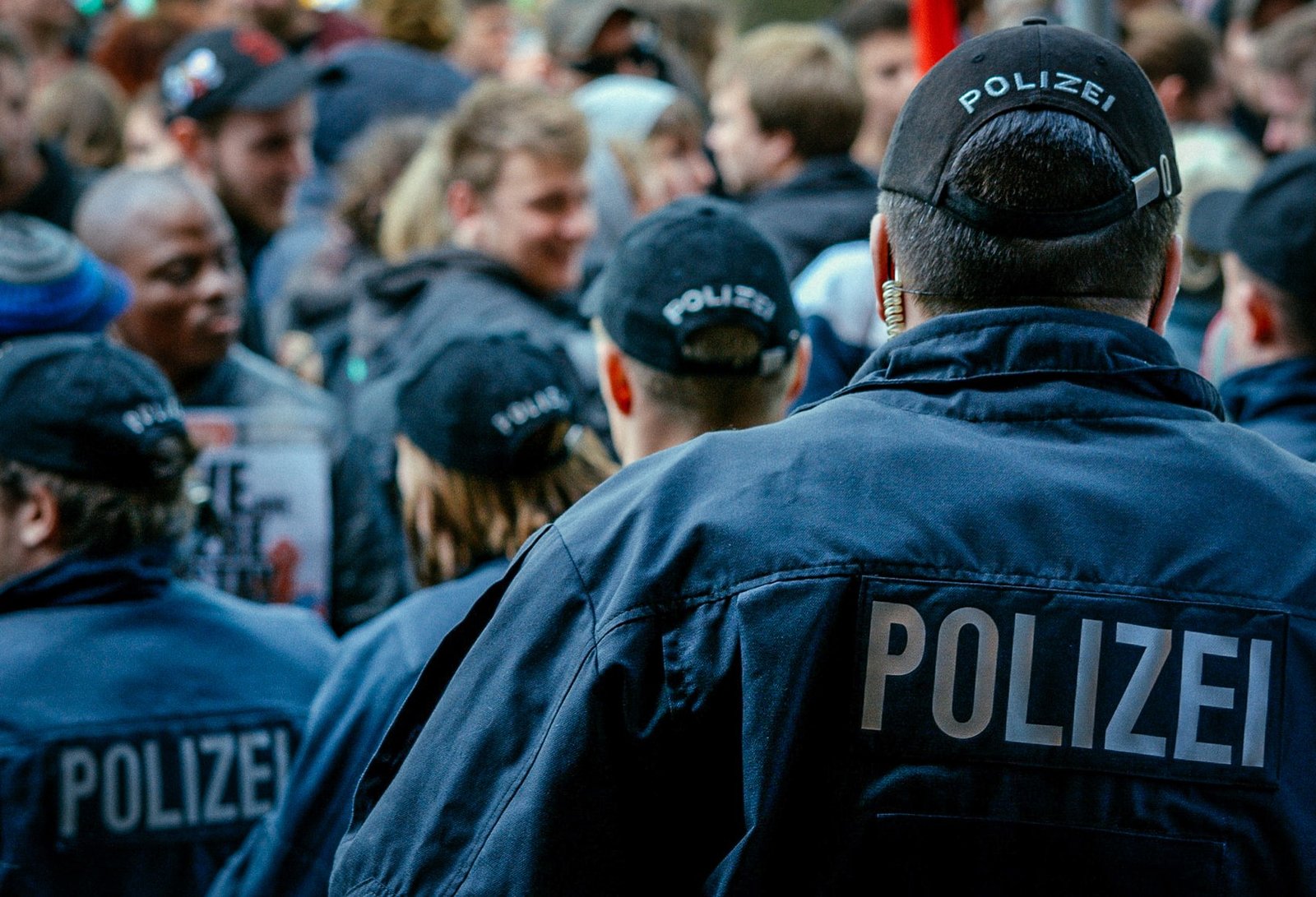
41. May Day Parades
Although the day has largely been co-opted by hedonists (and posers) that want to bask in Berlin’s ‘edge’, May 1st has a special political significance and has been an official holiday in Germany since the late 1800s when workers went on strike demanding better working conditions and an eight-hour workday.
May Day can bring out the crazy in people – much like the more famous night clubs in Berlin – and sadly it’s not unusual to see pitched street battles between activists and police (especially near the Kottbusser Tor intersection in Kreuzberg).
Despite this, one of the more recent iconic images from the May Day festivities in Berlin is a bunch of young men and women covered in brightly coloured paint and crammed into an old bathtub on the side of the street. Celebrate, commemorate, but don’t forget to have fun – for it is a holiday after all.

42. A free tour is never free - Be nice and tip twice.
And, if you ever go on a tour that was actually completely free, you’re probably not a nice person. You were meant to tip the guide! A free tour is mostly a marketing ploy. From a psychological perspective, it’s much easier to lure people in on the premise of a free tour. It’s a classic bait and switch operation – lure customers in with the promise of one thing and then turn things around to reveal another.
The guides of these ‘free tours’ are not paid by the companies they work for – in fact, they have to pay a kickback for each person on their tour. So if you go on a free tour without paying then you’re literally making the tour guide pay – for the privilege of guiding you.
Be nice and tip twice.
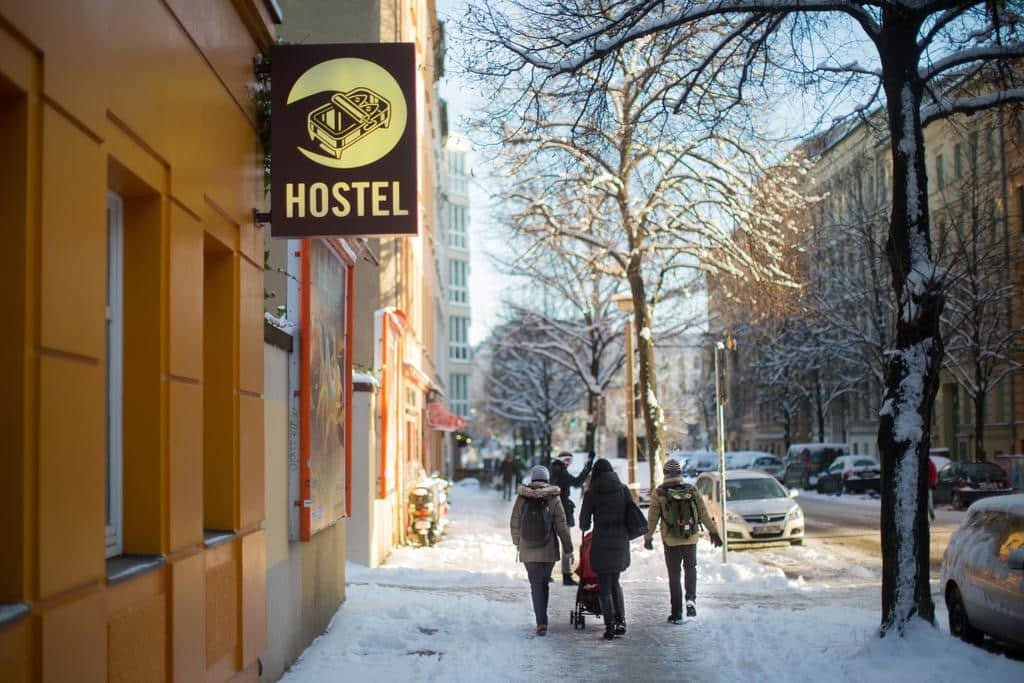
43. A hostel can be as good as a hotel
Germans live up to their stereotype of being clean and orderly in all ways possible. So rest assured that if you stay at a hostel in Germany (most of which offer private rooms as well as dormitories), you’ll likely be in very safe – and clean – hands.
Just make sure you do your research, otherwise you might unwittingly be staying at one owned by the North Korean government.
We recommend checking out Eastseven Hostel in Prenzlauer Berg and the Circus Hostel in Mitte – two world renowed award-winning hostels.

44. Stay up late and party
Or get up early and party! On the weekends, public transport runs 24 hrs and so do the clubs.
This means you can basically start and finish partying whenever you want on the weekend. However, generally, clubs don’t start to get busy around 4am.
The exception to this rule, of course, is the club Berghain – which is busy from the start of the weekend until Monday morning (at least the queue of people stood outside waiting to get rejected is…).

45. Uber is illegal...kinda
There has been pronounced resistance to the introduction of this multi-billion dollar US-born ride-hailing service in Europe’s largest economic market. From both local taxi firms – who managed to get Uber declared illegal in December 2018 for violating car rental regulations – and the German government, concerned with unqualified drivers.
To get around the legal issues regarding driver regulations, Uber uses a limousine company in Berlin to arrange its drivers, rather than random individuals signing into the app – as is the standard business model elsewhere.
Although Uber has just opened their latest office in Hamburg, expanding to six cities in Germany as of August 2019, we would advise that you stick to a regular Berlin taxi for now – or private hire transportation.
You can spot the official Berlin taxis by their creme colour, and the fact that most taxi drivers have a penchant for newer model Mercedes Benz.
A local Berlin Taxi app you can use instead is available on the Berlin Taxi website.

46. Tempelhofer Feld
If you have ever wanted to ride a bike (or other wheeled contraption) around on the landing strip of an airport – Tempelhofer Feld is for you! In fact, why not just lay on it and stare at the sky?
The former Flughafen Berlin-Tempelhof (Berlin Tempelhof Airport) has now become a place of amusement for Berliners and tourists alike, known as Tempelhof Feld. Expect to see people grillen (barbecuing), chillen (chilling), playing mini-golf and even participating in dance classes.
There is also an association that offers tours in Tempelhof Airport – fantastic for urban explorers looking for access to a unique location.

47. Ping Pong lives on
Berlin is the unofficial hobby table tennis capital of the world! And with over 1000 sites that feature at least one public ping pong table, this game has become a ubiquitous symbol of the city. There’s a wide spectrum of seriousness but regardless of your expertise, should you decide to hit one of the city’s many outdoor tables you’re likely to end up being asked to participate in a special ritual.
During summer don’t be surprised if you get pressured into surrendering your table to a group of Berliners that want to play Rundlauf.
This local pastime (literally) revolves around the ping pong table: each participant hits the ball and then moves around the table until they reach the other side to hit the ball again. If you happen to lose a point during a rotation then you’re immediately out of the game. As more players are disqualified the game picks up pace until only two remain. The battle to be the last person standing is then fought via a standard game of table tennis.

48. Check out the supermarket speed
As a rule, the more budget the supermarket; the faster the check out workers scan your grocery items. This means if you go to a Lidl or Aldi, for example, you will need to stuff your purchases into something (bag or otherwise) as quickly as possible.
These cashiers stop for no man, woman or child and will immediately start scanning the next customer’s goods as soon as your transaction has been completed.
Be a savvy shopper and have a plan of action before it’s your turn. Make sure you’ve arranged things on the conveyor belt in a logical manner, ie place the heavy, hard items in front and then have everything else follow according to their squishable-ness.
Better yet, take someone along with you for moral, as well as grocery packing, support!

49. Poland is only a train ride away
Take the RE1 to Frankfurt/Oder for about an hour then walk down to the river, cross the bridge, and suddenly you’re not in Germany anymore but in the Polish town of Slubice. Although this is not really a major destination point apart from being able to stroll along the river and say you made it.
For a more rewarding experience, take a three-hour train trip to the quaint Polish town of Poznań – the 1000-year-old birthplace of the Polish nation. It’s far less touristy than the major centres of Kraków, Warsaw and Gdańsk but it’s got a lot going on independent of tourism.
Bike riders should check out the Oder Radweg – a long stretch of asphalt that stretches across the German-Polish border. Best to check the direction of the wind before you head out there though, all that flat land can make for some seriously breezy riding.

50. Hit the lake/s
For a landlocked city, Berlin city has a lot of water. In fact not only does the city boast more bridges than Venice, but also more combined waterways than Amsterdam, Stockholm, and Venice combined. If you’re looking to cruise down the river and check out the landmarks of central Berlin, then there are plenty of options for that.
However, if you’re thinking about taking a dip, there are far better options than the murky Spree. There are many idyllic lakes in and around Berlin, such as the popular Wannsee (with its chic 1920s architecture and white sand), the turquoise waters of the Liepnitzsee, and the enormous Müggelsee (Berlin’s largest lake).

51. Explore nature in Brandenburg
Surrounding Berlin is the nature-filled state of Brandenburg. Perfect for taking a break from the craziness of the big city (or if you just need a detox – be it digital or otherwise), Brandenburg has many delights to offer.
Halfway between Berlin and Dresden, the Spree River transforms into a paradise of waterways that weave around moorlands and pastures known as the Spreewald. Take a canoe ride, ice-skate the lakes in the winter, and if you are a lover of pickles, take a big bite out of the region’s legendary Spreewälder Gurken.
To the East of Berlin, there is the Lower Oder Valley National Park, encompassing 60 kilometres of riverside meadows along the Oder River, both on the German and Polish side. The enchanting landscape is a significant resting and wintering ground for many bird species, and the arrival of more than 13,000 cranes attracts wildlife enthusiasts and photographers every year. Other common wildlife sightings involve otters, beavers and eagles, which you might see if you follow the hiking trails and cycling routes that traverse the park.
Palm trees, humidity and waterfalls are probably not what you associate with Brandenburg, or Germany for that matter, but one place offers you exactly that. Modelled after Balinese themes, the Tropical Islands Resort was designed as a tropical oasis just one hour south of Berlin. This indoor facility occupies a former-aircraft hangar and comes with a spa, lush green trees and bushes, several pools and water slides, bars and restaurants, hammocks and even overnight accommodation. If you’re looking to escape one of those brutal Brandenburg winter days, you know where to go.
Following on with the theme of human-curated nature is Potsdam, in fact, the gardens in Potsdam really are a must-see (even if this area is largely known for the 1945 Potsdam Conference). And there are so many of them. The quietest would be the Babelsberg Park, on the banks of the Havel River, which bears more lush nature for you to explore. Across 280 acres, the flawlessly maintained grounds are studded with sculptures and mosaics, Gothic fountains, a landscaped English garden and stunning views of the bordering Jungfernsee and Tiefer See lakes. The 1833 Babelsberg Palace is currently undergoing renovations and is closed to the public, but adds to the serene charm with its Gothic Revival façade.
Consider joining one of our Potsdam tours, if you’re looking to explore the area in more historical depth.

52. The right way to say hello
Guten Tag (Good day) or Hallo (Hello) are the most common verbal greetings used in Germany. In the Catholic and conservative South of Germany, fittingly, many people use the greeting Grüß Gott (literally translating as ‘Greet God’). But God left Berlin with the Kaiser in 1918, so just stick with a simple Hallo and a handshake.
Greetings in Germany depend on whether you know the other person well or not. The most common greeting is a handshake with direct eye contact. A serious handshake with serious eye contact being preferable. None of that limp-wristed gazing into the distance; let people know your fingers are like four of the finest Thüringer Wurst, with a confidence-sized portion of Boulette for a thumb. Your gaze should be steely and you should exude a sense of conviction that says that you can be trusted to shout at anyone who dares cross the road while the pedestrian light is red.
Whatever you do NEVER EVER Nazi salute anyone. Unless you’re prepared to face the full force of the law, and a serious fine that will certainly change your holiday priorities.

53. Beware Of The Gypsy Beggars
If you’re cold approached by someone on the street asking for charitable donations, especially in the touristy areas, it’s almost always a facade for begging. The latest incarnation of this is groups of younger people clutching clipboards and approaching tourists to sign petitions. If you do sign the petition, they’ll then pressure you for money and in some cases, they might pickpocket you. Stay alert and you’ll be fine. And don’t ever be scared to say no and walk away.

54. Don't Play The Shell Game
All forms of gambling involve some kind of risk and should generally be avoided, but avoid street gambling at all costs because it most definitely a con. You’ll likely come across the shell game being played on the pavement in central Berlin by suspicious-looking groups of people – and their lookouts stood further down the street in either direction checking for the police. Checkpoint Charlie and Alexanderplatz are particular hotspots.
In Berlin, there will always be a small group of people pretending to be legitimate ‘players’ of the game but they are in on the scam. Once they extract the maximum amount of money out of any victim that falls into their trap they quickly disappear. Along with your hard-earned cash.
55. Don’t forget to say goodbye
The last entry in our 55 things you should know before visiting Berlin, it’s polite to say Dankeschön (thank you) and Tschüß (bye) to the staff when leaving a venue. In fact, it’s polite to say goodbye to anyone when you leave them, never mind just in Germany.
Germans can seem incredibly formal when greeting anyone (expect a firm handshake) and also when saying goodbye. Maybe lean in closer for a brotherly/sisterly hug and break a few boundaries – or perhaps a Socialist Bruderkuss for the East Germans you meet…
